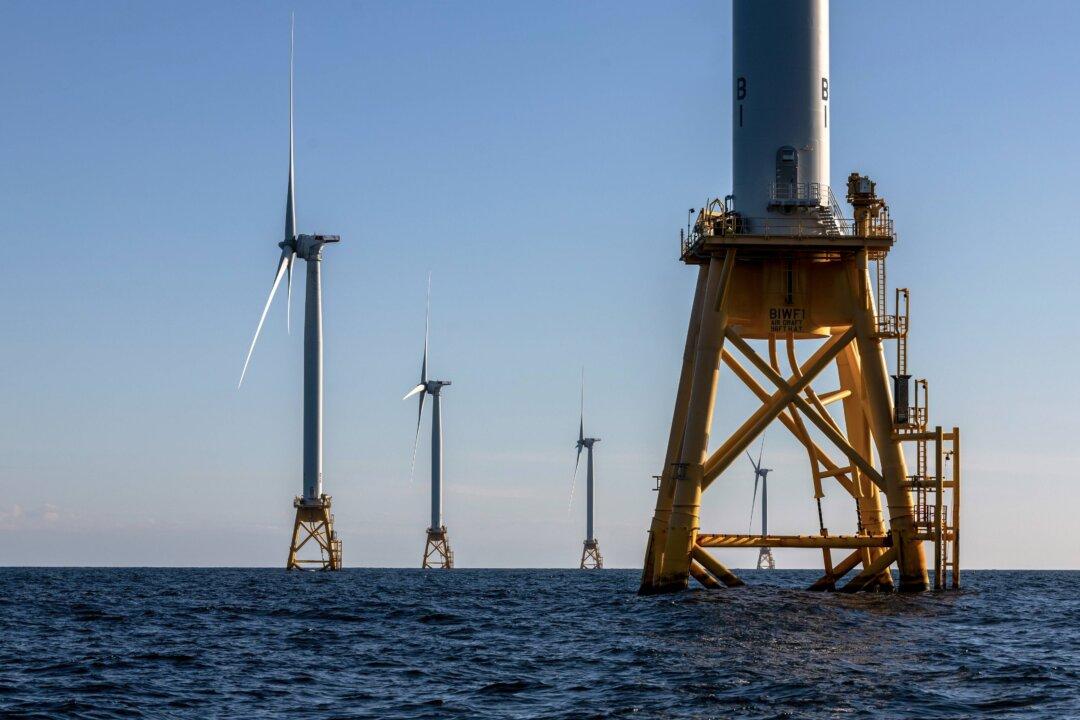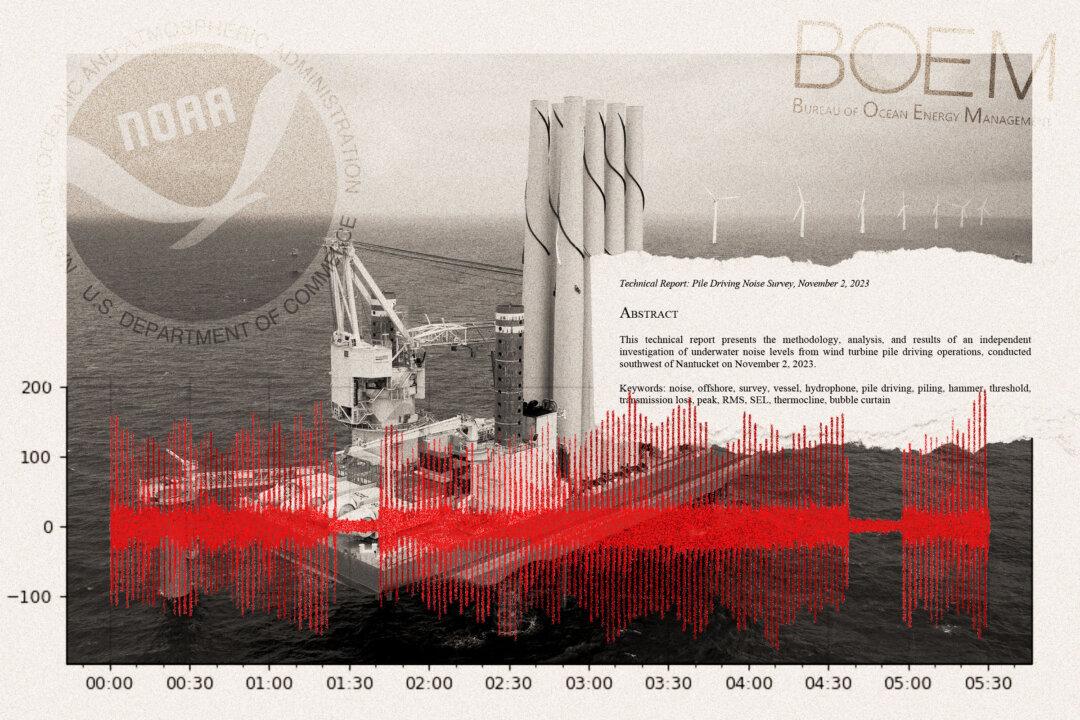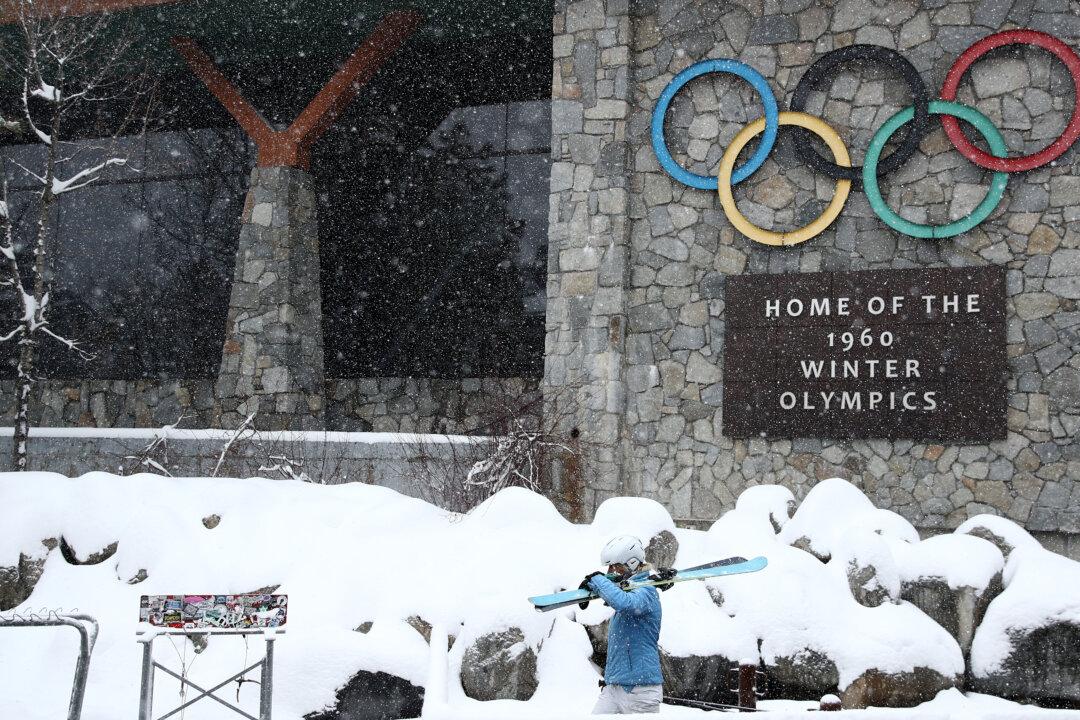Chris Brown, a commercial fisherman based in Port Judith, Rhode Island, has caught codfish, flounder, herring, squid, fluke, and other species all his life from the waters around Block Island.
After the Block Island Wind Farm began operating off Rhode Island in December 2016, many of the fish disappeared, he told The Epoch Times.





